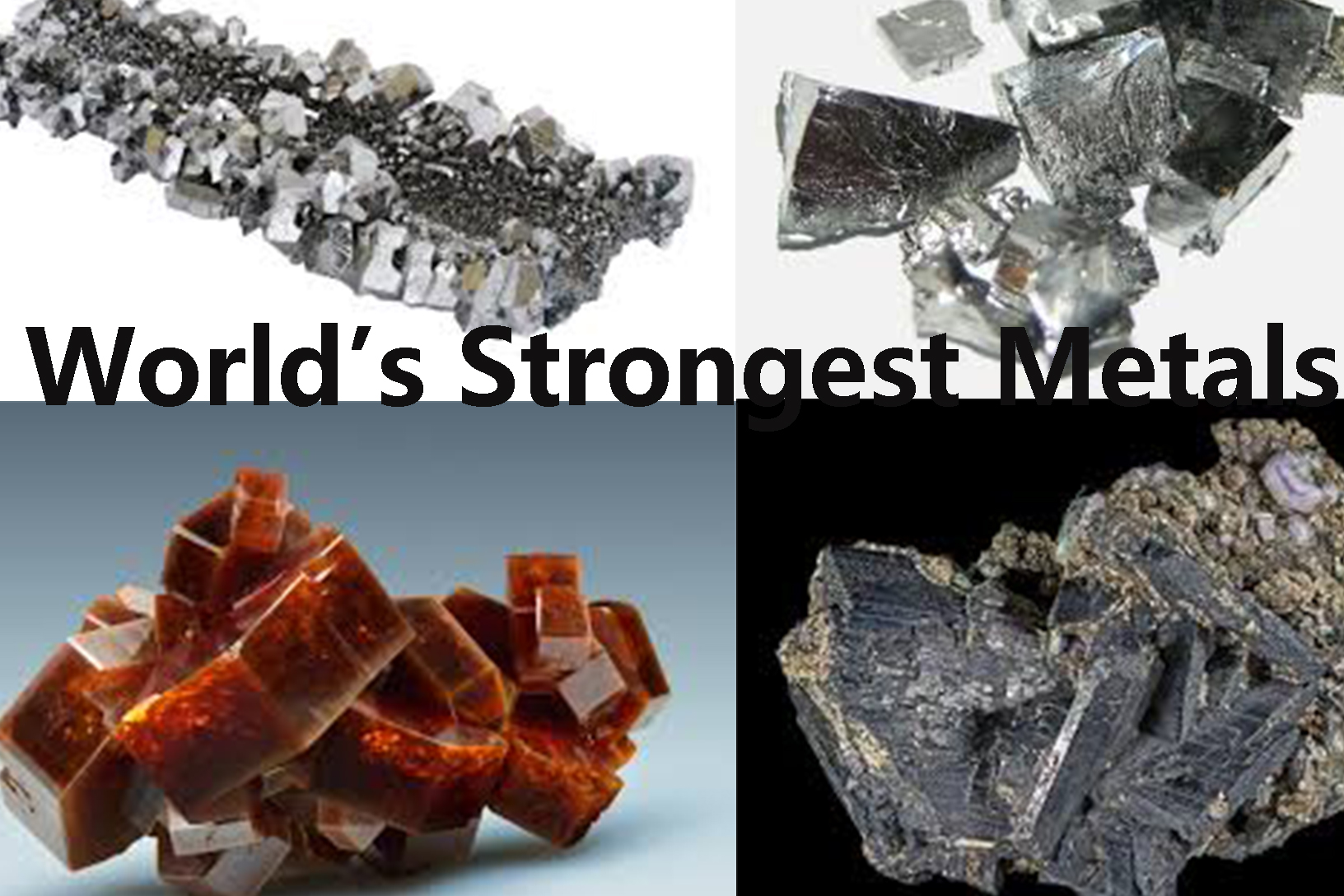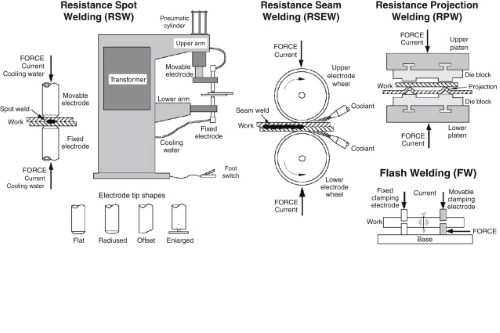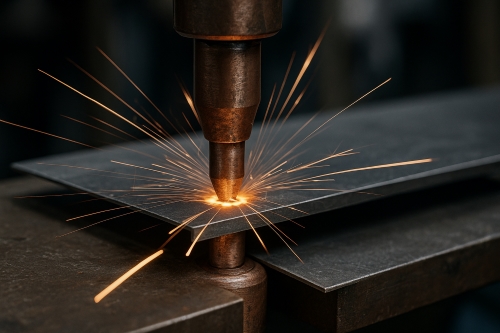Metal Hardness and the World's Strongest Metals
Hardness is one of the most significant mechanical properties of metals. It defines a material's capacity to resist deformation under localised conditions—predominantly indentation, scratching, cutting, or wear.
Let's discover these questions: what is metal hardness, how is it measured, and how can it be improved. You can also obtain a handy metal hardness chart and learn about the ten strongest metals ever known to humanity.

What Is Metal Hardness?
Metal hardness refers to the ability of a metal to resist deformation, that is, permanent deformation such as scratching or indentation. It is associated with other mechanical properties like toughness and strength but is not synonymous with them.
There are several types of hardness:
- Scratch hardness — scratch resistance (e.g., Mohs scale).
- Indentation hardness — resistance to permanent indentation by a non-moving object (e.g., Brinell, Rockwell, Vickers).
- Rebound hardness — resistance to elastic deformation, measured by rebound height following impact (e.g., Leeb test).
Tungsten, titanium, and hard steel metals are typically associated with high hardness and therefore are optimal for wear-resistant applications.
Measurement of Metal Hardness
- Brinell Hardness Test (BHN): Utilises a tungsten carbide or steel ball to indent the surface. Used for softer metals; provides average hardness over a larger surface area.
- Rockwell Hardness Test (HR): Common in industry, applied to test indentation depth on a range of scales (e.g., hard steel's HRC). Quick and easy to perform.
- Vickers Hardness Test (VHN): Utilises diamond pyramid indenter to precisely test thin or small specimens. Highly precise but more time-consuming.
- Mohs Hardness Scale: Quick scratch test ranging from 1 (talc) to 10 (diamond). Convenient for quick qualitative testing.
- Leeb Hardness Test (HL): A rebound speed measuring tool held in hand. Ideal for large or mounted items.
Metal Hardness Chart
To better understand how different metals compare with each other regarding hardness, here is a reference chart providing a list of materials commonly encountered on different hardness scales. These values provide a rough guide but may be influenced by certain alloy combinations, manufacturing methods, and heat treatment.
|
Metal/Alloy |
Brinell (HB) |
Rockwell (HRC) |
Vickers (HV) |
Mohs |
|
Lead |
~5 |
— |
~10 |
1.5 |
|
Aluminium (pure) |
~15 |
— |
~25 |
2.5 |
|
Copper |
~35 |
B20–30 |
~50–60 |
3 |
|
Mild Steel |
~120 |
B70 |
~140 |
4 |
|
Stainless Steel (304) |
~200 |
B85–95 |
~250 |
5.5 |
|
Hardened Steel |
~600 |
C60 |
~700 |
7 |
|
Titanium Alloy |
~340 |
C36–40 |
~380 |
6 |
|
Tungsten Carbide |
>1 500 |
— |
>1 600 |
9 |
|
Chromium |
~1 120 |
— |
~1 100 |
8.5 |
|
Diamond (for ref.) |
— |
— |
— |
10 |
Top 10 Strongest Metals in the World
Strength and hardness are not identical but closely related. However, the strongest metals are largely the hardest ones. Here is the list of the top 10 most notable:
1. Tungsten (Tensile Strength: ~1 510 MPa, Mohs Hardness: ~9)
Tungsten possesses the highest tensile strength among pure metals and possesses extreme hardness. It does not lose its strength even at very high temperatures, which is vital for aerospace components, cutting tools, and military applications.
2. Inconel (Tensile Strength: >1 000 MPa, Mohs Hardness: 6.5–7)
Inconel is a family of nickel-chromium superalloys which are resistant to high temperature and hardness. It is used in jet engines, gas turbines, and chemical plants due to its resistance to corrosion as well as oxidation.
3. Titanium (Tensile Strength: ~1 000 MPa, Mohs Hardness: ~6)
Titanium possesses tensile strength along with low density and moderate hardness. Its strength-to-weight ratio and corrosion resistance make it suitable for aerospace, implantation devices, and marine environments.
4. Tool Steel (Hardened Steel) (Tensile Strength: 700–1 000 MPa, Mohs Hardness: ~7)
Steels such as A2, D2, and H13 are heat-treated to achieve high surface strength and hardness. These are widely used in tooling, die casting, and wear parts.
5. Vanadium (Tensile Strength: ~800 MPa, Mohs Hardness: ~6.7)
Vanadium possesses high tensile strength and is strengthened and hardened when alloyed with steel. It finds wide usage in aerospace components, armour plating, and high-speed tooling.
6. Chromium (Tensile Strength: ~418 MPa, Mohs Hardness: 8.5–9)
Although the tensile strength of chromium is average, it is the hardest naturally occurring metal on the Mohs scale. It is an essential element in stainless steel production and provides excellent wear and corrosion protection in plating applications.
7. Osmium (Tensile Strength: ~600 MPa, Mohs Hardness: ~7)
Osmium is among the densest and hardest materials. Despite brittleness, it is highly wear-resistant and used in specialised industries such as fountain pen nibs and electrical contacts.
8. Iridium (Tensile Strength: ~540 MPa, Mohs Hardness: ~6.5)
Iridium is an extremely hard and corrosion-resistant metal even at high temperatures. It is extensively used in spark plugs, crucibles, and deep-sea communication equipment, although it is highly brittle.
9. Niobium (Tensile Strength: ~275 MPa, Mohs Hardness: ~6)
Niobium finds applications predominantly as an alloying addition to enhance the strength of structural steels and in making superconductors. Although it is not the strongest metal in its elemental form, it significantly strengthens other materials.
10. Tantalum (Tensile Strength: ~200 MPa, Mohs Hardness: ~6.5)
Tantalum may be less resistant to tensile strength, but it is extremely resistant to corrosion and has good hardness. It is used extensively in electronics (especially capacitors), medical implants, and aerospace components where chemical stability is critical.
Note: This sequence demonstrates that while tensile strength is one of the key markers of metal performance, hardness, corrosion resistance, and thermal stability are equally important in determining the most suitable material for a given industrial or engineering requirement.
Conclusion
The hardness of metals is an important parameter in assessing the suitability of a material to be used for certain industrial or structural applications. Understanding what hardness is, measuring it, and enhancing it enables engineers to make more informed decisions and maximise metals for tools, structures, machines, and sophisticated devices. Hardness leaders are tungsten, chromium, and hardened steel, but the choice of metal always depends on the specific set of properties required for the task. For more information, please check Stanford Advanced Materials (SAM).

 Bars
Bars
 Beads & Spheres
Beads & Spheres
 Bolts & Nuts
Bolts & Nuts
 Crucibles
Crucibles
 Discs
Discs
 Fibers & Fabrics
Fibers & Fabrics
 Films
Films
 Flake
Flake
 Foams
Foams
 Foil
Foil
 Granules
Granules
 Honeycombs
Honeycombs
 Ink
Ink
 Laminate
Laminate
 Lumps
Lumps
 Meshes
Meshes
 Metallised Film
Metallised Film
 Plate
Plate
 Powders
Powders
 Rod
Rod
 Sheets
Sheets
 Single Crystals
Single Crystals
 Sputtering Target
Sputtering Target
 Tubes
Tubes
 Washer
Washer
 Wires
Wires
 Converters & Calculators
Converters & Calculators
 Write for Us
Write for Us
 Chin Trento
Chin Trento



